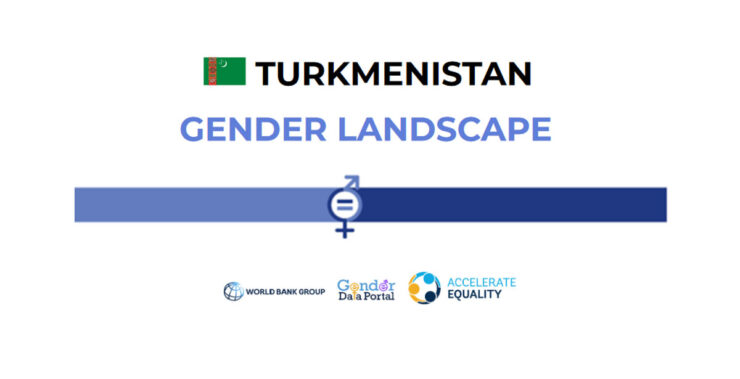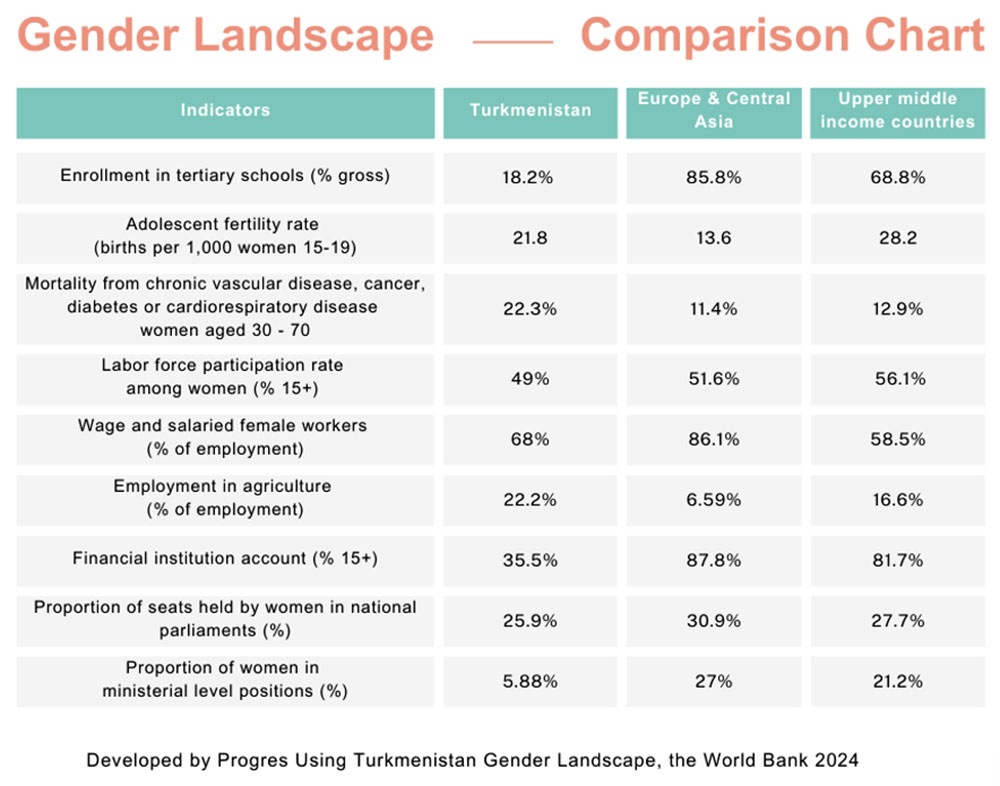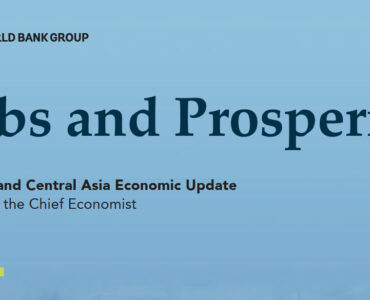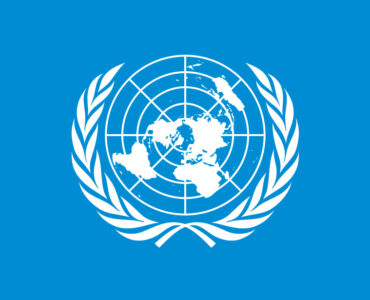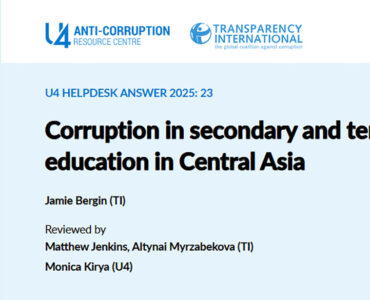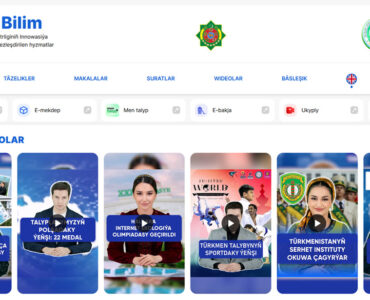The World Bank has published a brief titled Turkmenistan Gender Landscape in March 2024. It provides a snapshot of the state of gender equality in Turkmenistan which can help monitor progress towards gender equality and design effective policy interventions. It is the first document with data the Bank has published on Turkmenistan since 2017.
According to the brief, 6.1% of women in Turkmenistan marry by the age 18 while 21.8 out of 1,000 women ages 15-19 give birth to their first child. While the share of women marrying early has declined from 9.1% in 2000, it still robs many girls of the opportunity to pursue tertiary education and employment as they take on motherhood and household responsibilities.
Donate to support Turkmen analysts, researchers and writers to produce factual, constructive and progressive content in their efforts to educate the public of Turkmenistan.
SUPPORT OUR WORK- Only 18.2% of women in Turkmenistan are enrolled in tertiary schools compared to 85.8% in Europe and Central Asia (ECA) and 68.8% in upper middle-income countries. This negatively affects economic opportunities for women in Turkmenistan. For instance, the labor force participation rate among women (% 15+) declined from 50.1% in 2011 to 49% in 2022.
- 3 in 10 women ages 15-49 are in positions of vulnerable employment. Women in wage and salaried work is 68% in Turkmenistan while in the ECA region it is 86.1%. In Turkmenistan 22.2% of employed women work in agriculture compared to 6.59% of women in ECA.
- In Turkmenistan men hold 16 times as many ministerial level positions as women. Proportion of women in ministerial level positions in Turkmenistan was only 5.88% in 2022, which is a decline from 6.30% in 2010. In comparison, 27% of women in the ECA region and 21.2% in upper middle-income countries hold ministerial level positions.
- While the share of women dying from chronic vascular disease, cancer, diabetes or cardiorespiratory disease (ages 30 – 70) declined from 25% in 2011 to 22.3% in 2019, it is significantly higher than in the ECA region (11.4%) and upper middle-income countries (12.9%).
It is hard to get a comprehensive overview of the gender landscape in Turkmenistan due to limited and missing data. For example, Turkmenistan scored NA (not applicable) out of 100 on the World Bank’s Women, Business and the Law (WBL) index evaluating the life cycle of a working woman in 190 economies. Despite moderate progress, gender gaps, gender-based violence, and disadvantageous social norms facing women and girls persist in Turkmenistan while gains in human capital of women and girls remain untapped. According to the World Bank, to achieve greater economic gains through gender equality Turkmenistan should remove barriers to women’s economic empowerment and improve their voice and agency.

